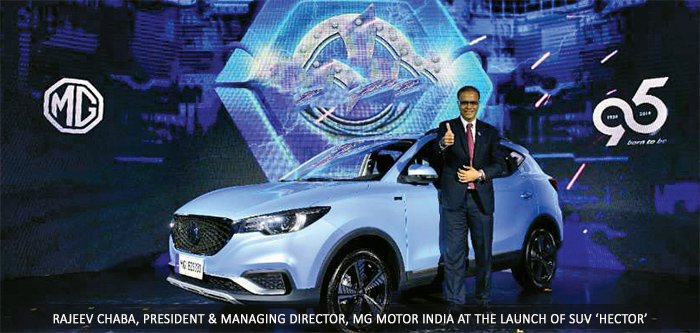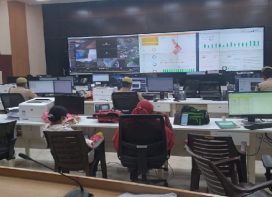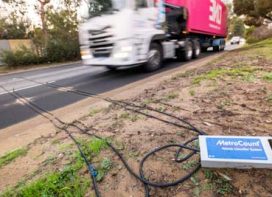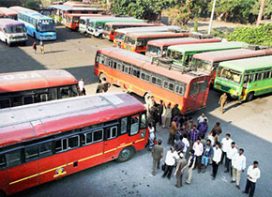Will the connected car become as ubiquitous as a smartphone enabling payments, gaming, entertainment, and work? Can it become a mobile office and give rise to work from anywhere culture?
While internet vehicles becoming as ubiquitous as smartphones is definitely the end-goal, I believe that the Indian automotive industry still has some way to go before we can talk about cars equipped with such advanced features.
The most important factor that will enable this futuristic vision is high-speed internet connectivity.
There has been a lot of buzz around 5G technology, but the connectivity infrastructure in India still has a lot of catching up to do before it can become available for the mass market. At MG, however, we have already prepared for the time when 5G becomes a tangible reality. All of our India offerings come equipped with advanced M2M and IPv6 capabilities to ensure 5G readiness.
In view of future mobility, how is your company making changes in the vehicle to help Mobility as a Service?
We have recently partnered with Myles to enable customers to book test drives and avail courtesy car benefits for MG’s range of cutting-edge offerings. Through this unique association, we are delivering next-generation mobility solutions to consumers across the country while also giving them first-hand experience of the superlative connected mobility that MG is championing in India.
We are also exploring potential applications for autonomous vehicles in India, especially given the re-elected government’s focus on driving the Smart Cities Mission. MG Motor India will be drawing on the extensive R&D and technological capabilities that it shares with its parent organisation to introduce state-of-the-art autonomous vehicles in India, if such a deployment is deemed feasible.
How do you foresee the general relationship between telematics companies and OEMs evolving in the coming years?
 In a sense, this evolution has already started. We ourselves have partnered with a consortium of top tech companies like Unlimit, Cisco, Airtel and others to develop the internet car system for India and power the various telematics features for our range of internet vehicles. The Microsoft Azure Cloud platform is responsible for ensuring continuous, real-time interface between the various applications and features on the cloud with the Head Unit in the vehicle
In a sense, this evolution has already started. We ourselves have partnered with a consortium of top tech companies like Unlimit, Cisco, Airtel and others to develop the internet car system for India and power the various telematics features for our range of internet vehicles. The Microsoft Azure Cloud platform is responsible for ensuring continuous, real-time interface between the various applications and features on the cloud with the Head Unit in the vehicle
Similarly, Nuance has developed ‘Hello MG’, our AI-powered, self-adapting voice assistant which has been built for Indian English and accent learning. SAP, along with iTelligence, has created ‘Magnet’ – a unique dealer management system that consolidates all the information from the company, dealers, service centres, and customers at one place – along with the connected apps.
As more and more OEMs start designing their vehicles to cater to new-age mobility requirements, such relationships between technology companies and OEMs in the automotive space will only evolve and become stronger.
What sort of a role will the government need to play in the rise of connected vehicle technology?
The government and its policies will play a key role in the adoption and growth of the nascent internet vehicles space in India. To begin with, the push for 5G connectivity needs to grow stronger. While the infrastructure for high-speed wireless internet has improved significantly over the last couple of years, the country’s overall connectivity still lags some way behind the global levels. Such bandwidth limitations impose a restriction on the kind of functionality that advanced features and services, expected to be introduced in internet cars in the near future, will have.
 TrafficInfraTech Magazine Linking People Places & Progress
TrafficInfraTech Magazine Linking People Places & Progress


